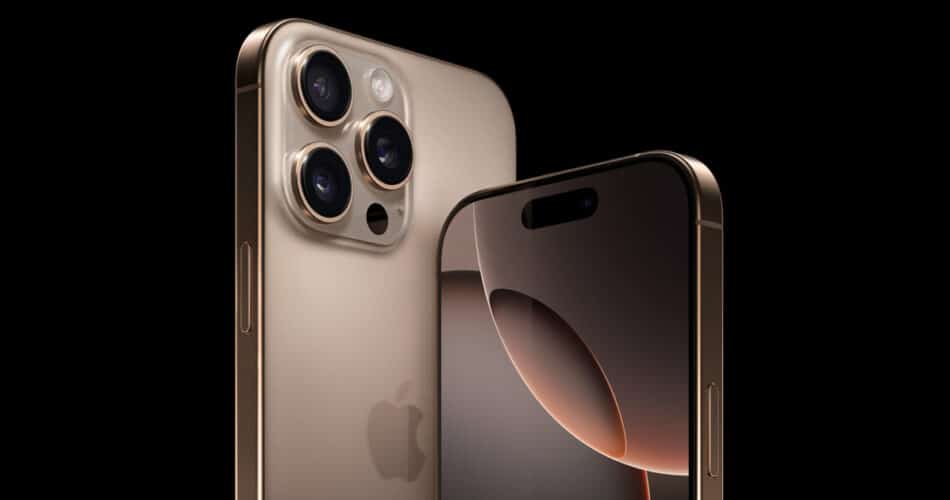Apple is reportedly collaborating with Samsung to reimagine RAM packaging for iPhones, marking a significant departure from the traditional methods used in mobile devices. This shift, aimed at enhancing on-device AI performance, will debut in the iPhone 18 lineup in 2026. The new approach will replace the current package-on-package (PoP) design with a discrete packaging method, where DRAM is stacked directly atop the SoC. This change could redefine how Apple handles memory bandwidth and heat dissipation in its devices.
The PoP configuration, introduced in the iPhone 4 back in 2010, has long been favored for its compact footprint. It allows the RAM and processor to coexist within the same chip package, minimizing space requirements—a crucial factor in mobile devices. However, as AI applications demand faster data transfer rates and greater memory bandwidth, the limitations of PoP have become increasingly apparent. The physical constraints of stacking memory on the processor cap the number of I/O pins and restrict performance.
Discrete packaging, in contrast, physically separates the RAM from the SoC, allowing for more I/O pins and increased data transfer rates. This design not only supports better AI performance but also improves heat dissipation by preventing the overlap of heat generated by the SoC and RAM during intensive tasks. Apple has previously implemented discrete memory packaging in Macs and iPads, but this marks the first instance of such technology being adapted for iPhones.
Samsung, a key supplier of Apple’s memory components, has reportedly begun research into accommodating this design change. The company is exploring ways to develop larger DRAM packages with faster connectivity to the processor while addressing challenges such as latency and power consumption. This could involve leveraging next-generation LPDDR6 memory technology, including LPDDR6-PIM (Processor-in-Memory), which integrates processing capabilities directly into the RAM. This innovation is expected to offer significantly higher data transfer speeds and bandwidth compared to the current LPDDR5X standard.
Despite its advantages, the transition to discrete packaging poses engineering challenges. The physical separation of RAM may require shrinking the SoC or even reducing the battery size to accommodate the new design within the constrained space of an iPhone. Additionally, while discrete packaging improves memory bandwidth, it could increase latency and power consumption compared to the PoP configuration.
Apple reportedly considered using high-bandwidth memory (HBM), commonly found in servers but opted against it due to its size and power requirements. Instead, the focus is on optimizing the discrete packaging design to balance performance, efficiency, and compactness.
(via The Elec)
Subscribe to our email newsletter to get the latest posts delivered right to your email.

